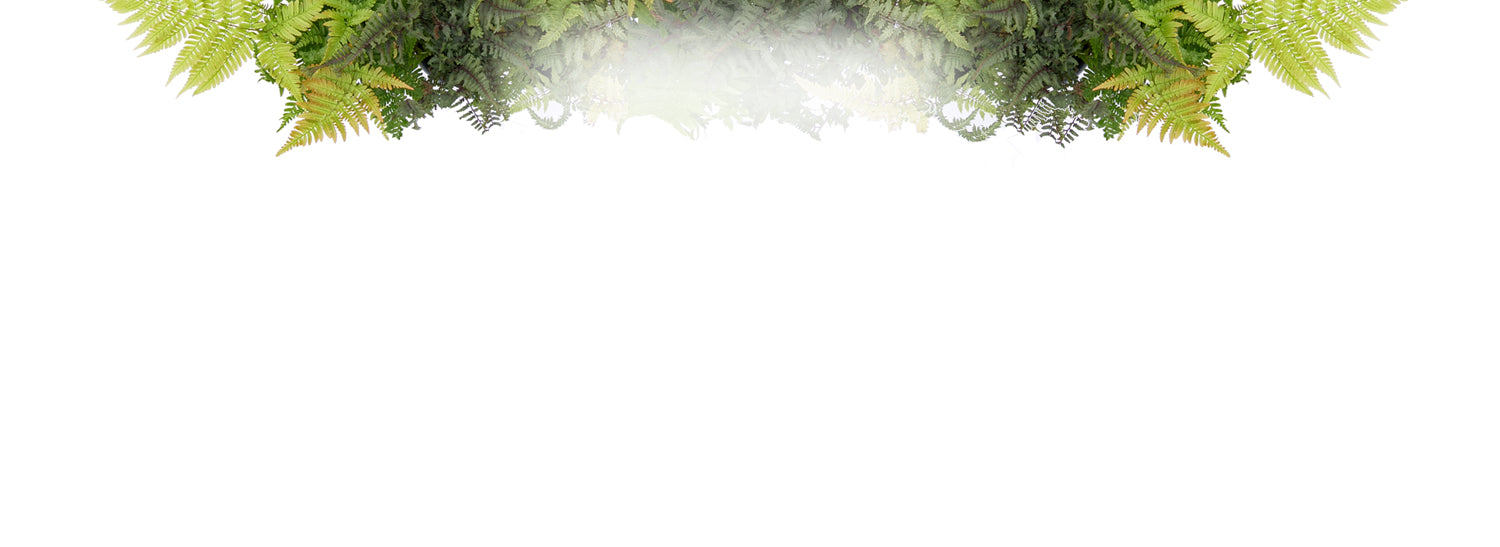Description
Plant spacing is based on the ultimate width of the plants. This figure is normally given as a range; for example, 3-5’. If you live in a cold climate and/or want plants to fill in more quickly, plan to space at the shorter end of the range. If you live in a warm climate, are on a limited budget, or are willing to wait longer for plants to touch, use the higher end of the range. Using the larger number is recommended when calculating distance from a building or structure. There’s really no such thing as "maximum spacing": if you don’t want your plants to touch, you can space them as far apart as you’d like. All plant spacing is calculated on center, or in other words, the centers of the plants are spaced one half of their eventual width apart:

Unless you are planting in a straight line, as you might for hedges or edging, space your plants in a staggered or zig-zag pattern for a more interesting and naturalistic look:

Hand-picked at our greenhouse
Shipped to your door
Arrives as young plant
Milkweed plays a vital role in the Monarch butterfly lifecycle, serving as a host plant for monarch caterpillars. Without milkweed, we wouldn't have Monarchs.
When my plants arrived they were in wonderful shape. They looked like I had just purchased them from the local nursery.
3/5 are still with us. Took a cutting to try to grow back another. Hoping for the best
Loved my plants, good size and perfect condition. Did very well for over 3 weeks then the rabbits ate every one. I’m so 😠
The plants arrived in good shape but it was very difficult to get them out of the boxes, and after that to get the surrounding plastic, which was stapled to the top of each pot and held very tight around the stem with plastic straps, off.
The plants came in good condition, but they should not be used to feed the caterpillars as they are deadly for them.



